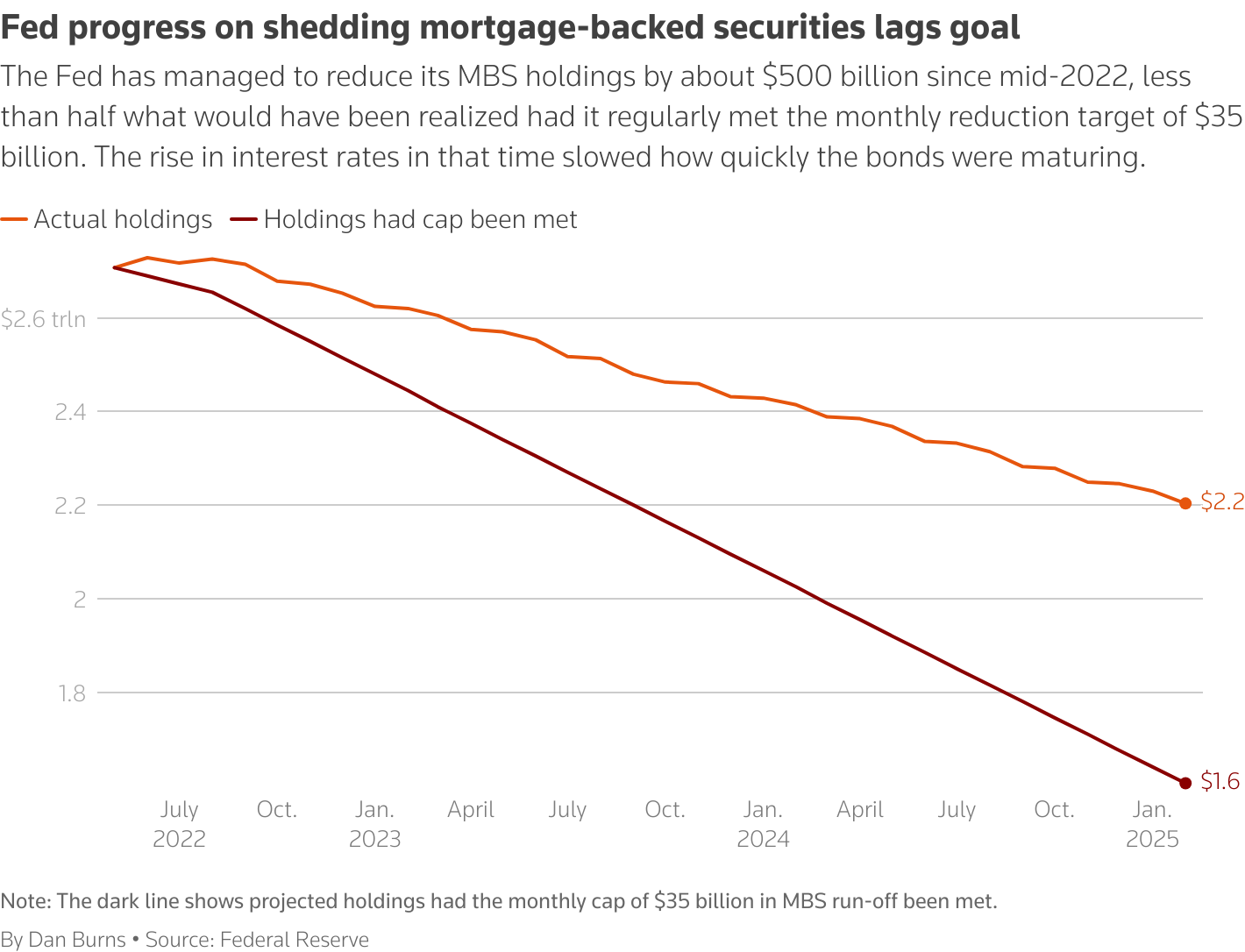Written by: Luke, Mars Finance
On March 31, 2025, Bitcoin teetered on the edge of $83,000, falling approximately 24% from its peak of $109,000 two months earlier. The market was like a giant seesaw, with one end whispering of an abyss and the other tempting with starry skies.
Today, we focus on two heavyweight sages of the crypto world: Quinn Thompson, the helmsman of Lekker Capital, predicts Bitcoin will slowly bleed to $50,000-$59,000; Arthur Hayes, the godfather of Maelstrom, boldly bets it will ride the QE tailwind to $250,000 - a year-end target he reiterated in his latest article, despite his occasional quip about an ultimate million-dollar vision. Their logics are like black and white chess pieces, diametrically opposed yet captivating.
Quinn Thompson: The "Cold-Blooded Prophet" of Wall Street
[The rest of the translation continues in the same professional manner, maintaining the original structure and tone while translating to English]Hayes also views D.O.G.E. as an "economic tank": cutting expenses, laying off 400,000 employees, combating fraud, which will trigger a recession and force Powell to act. "This is not a coincidence, but a script," he quips, "Powell will either put out the fire early or clean up the mess after the big players fall, but the result is always printing money."
Core Divergence: The Abyss of Tightening or the Frenzy of Easing?
The divergence between the two masters is like a philosophical and strategic peak showdown, focusing on the core game of policy paths and liquidity:
Policy Intent
Thompson sees Trump as a "cold-blooded surgeon" who reduces economic bubbles through D.O.G.E., immigration policies, and tariffs, even at the cost of a recession. In his view, the White House would rather let the economy bleed to "cure the disease". Hayes sees him as a "real estate maniac" who uses D.O.G.E. to create a recession illusion, forcing the Federal Reserve to print money, ultimately paving the way for "America First". Thompson focuses on the direct consequences of tightening, while Hayes sees the easing motivation behind it.
Federal Reserve Response
Thompson believes the Federal Reserve is a "lukewarm spectator" who dares not ease significantly under inflation pressure, with QE being far off. He expects Powell to be cautious and unable to reverse the downward trend. Hayes counters that the Federal Reserve is a "tamed beast" that will restart QE under fiscal dominance and recession threats, even introducing SLR exemptions to become a liquidity fountain. He believes Powell has no choice but to submit.
Liquidity Outcome
Thompson predicts a "slow bear" market, with economic slowdown suppressing risk assets, causing Bitcoin to gradually drop to $50,000-$59,000. Hayes anticipates a "fast bull" market, with a liquidity flood pushing Bitcoin to $250,000, even laying the groundwork for a million dollars. Their views on liquidity are worlds apart, one bearish, the other bullish.
Reality Progress: Hayes's $250,000 Prediction More Promising?
In this battle between $50,000 and $250,000, data suggests Hayes's "250,000 wave" might be more forward-looking. Thompson's "slow bear" logic makes sense in the short term: D.O.G.E.'s cuts have already caused Washington housing prices to drop 11%, with worsening employment data and recession clouds approaching. The Federal Reserve's cautious attitude also aligns with his judgment. Although Powell slowed QT in the March meeting, he remained vague about QE. If tightening exceeds expectations, Bitcoin dropping to $60,000-$70,000 is not impossible. However, this is just the surface; Hayes has grasped a deeper pulse.
In "KISS", Hayes pinpoints that Trump is not an economic Puritan, but a believer in debt financing. He will not tolerate a depression destroying his political capital, but will use D.O.G.E.'s "tightening illusion" to force Powell to open the floodgates. The March FOMC meeting's QT slowdown released $240 billion in liquidity, and Powell's hint of "net Treasury buying" is already a prelude to QE. Hayes's estimated $3.24 trillion liquidity (1.7 trillion in rate cuts + 540 billion QT stop + 500 billion QE/SLR - 1 trillion) may not have fully materialized, but the direction is clear. Moreover, the potential global easing effects - China stabilizing exchange rates, Europe expanding military - will amplify this flood. Bitcoin, as a "liquidity barometer", has stabilized at $76,500, indicating the market senses a turning point.

Thompson underestimates Trump's pragmatism and the Federal Reserve's passivity. Hayes sees through the game of human nature and policy: Trump's "real estate show man" nature determines he will choose to print money, and Powell's "forced easing" under fiscal dominance is a historical destiny. My judgment is: in the short term (6-9 months), Bitcoin may oscillate in the $70,000-$90,000 range, digesting tightening pressure; but if QE restarts in the third quarter, reaching $250,000 by year-end is not a fantasy. Hayes's "alchemy" wins by grasping the lifeline of liquidity, not the illusion of tightening.
Epilogue: The Symphonic Showdown from $50,000 to $250,000
This battle between $50,000 and $250,000 is a contest between a calm "surgical knife" and a passionate "alchemy furnace". Thompson is like a chess player, cautious and moving step by step, with a cold, realistic pessimism; Hayes is like a gambling god, betting everything, with optimism hiding a profound insight into policy. Whoever laughs last, this debate reveals Bitcoin's true essence: it is not an isolated island, but a mirror of macroeconomic currents. Investors might as well "hold Thompson's caution in one hand and grasp Hayes's passion in the other", waiting quietly for QE's thunderbolt. Will the bell of $250,000 ring at the end of the year? Are you ready for the climax of this symphony?






